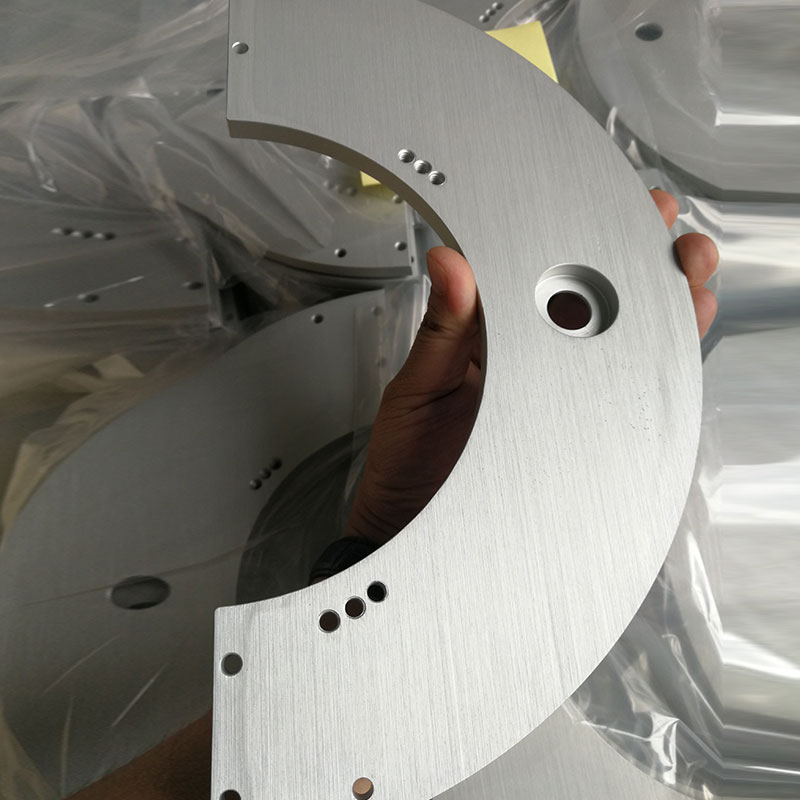Summary:In terms of CNC precision machining, the machining process includes multiple processes, and for the ...
In terms of
CNC precision machining, the machining process includes multiple processes, and for the process, we know that in each process, the thickness of the metal layer removed during processing is called the machining allowance.
For machining surfaces such as outer circles and holes, the machining allowance is closely related to the diameter, and is often referred to as the symmetrical allowance. So today, let's briefly analyze why it is necessary to leave a machining allowance in CNC machining.
First of all, the most simple and direct reason is to eliminate its machining deviation. For the processing of a part, deviations and surface defects are often left in the previous process, such as surface cracks of forgings, surface roughness after cutting, etc. Therefore, the retention of machining allowance has a crucial impact on machining quality and production efficiency.
If the machining allowance is too large, there will be many disadvantages, such as increased equipment and power loss, and reduced production efficiency. Then, for the selection of CNC machining allowance, it should be as small as possible under the condition that the quality is guaranteed.
Of course, if the machining allowance is too small, the gains will outweigh the losses, such as deviations during clamping, and even the risk of scrap.

 Main:+86 574 87907106
Main:+86 574 87907106![]() Main:+86 574 87907106
Main:+86 574 87907106